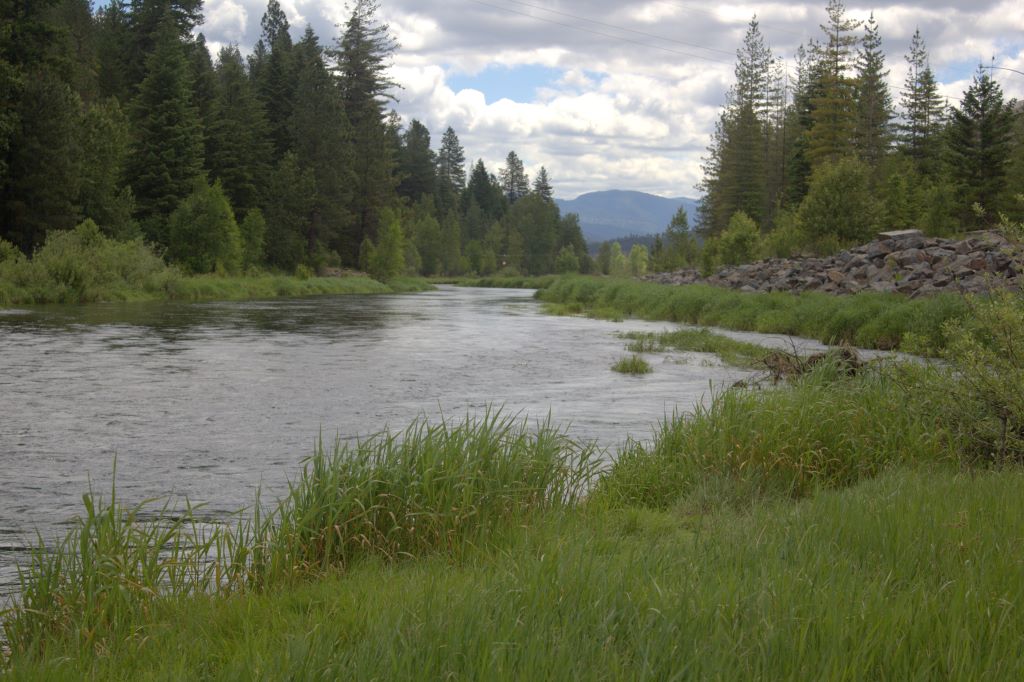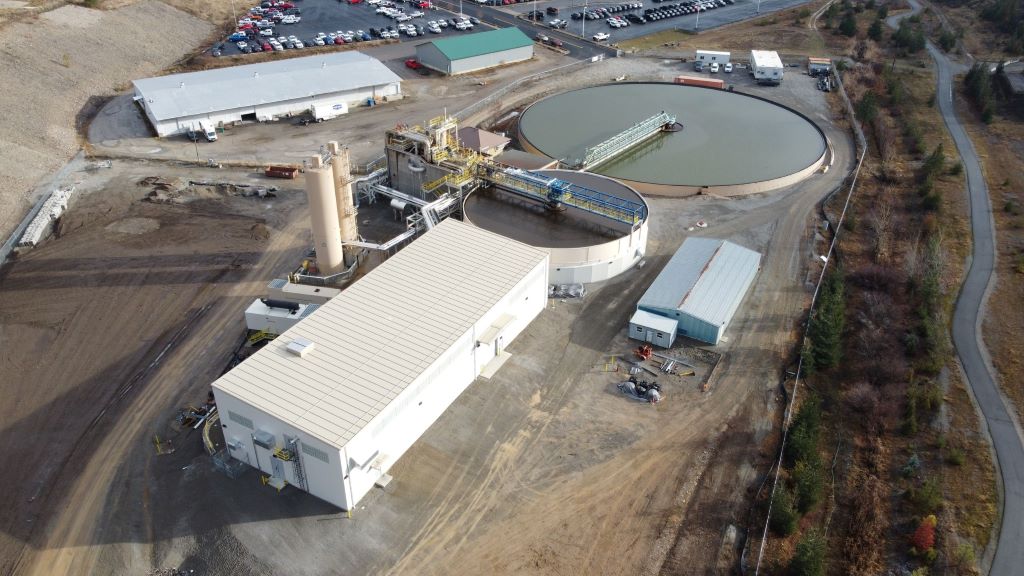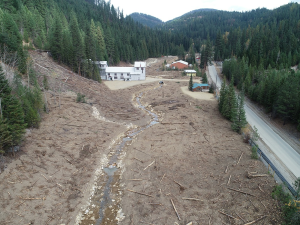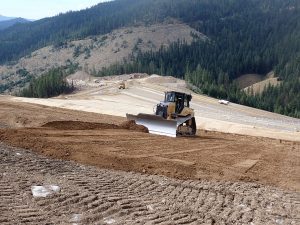Month: September 2024
THE DIRT: Community input needed!

Effective communication can help resolve conflicts, prevent misunderstandings, and is essential for building and maintaining relationships. Creating an open line of communication is a great step towards building trust within a community. With this in mind, the U.S. Environmental Protection Agency (EPA) is seeking your input on their new Community Involvement Plan (CIP) for the Bunker Hill/Coeur d’Alene Basin Superfund Site.
A CIP is a site-specific strategy to enable meaningful community involvement throughout the Superfund cleanup process. Once completed, the final plan will describe how EPA will provide information and coordinate with partners and communities on site cleanup activities.
To create a plan that meets people’s needs, EPA wants to better understand how people in the community currently receive and prefer to receive site-related information. EPA is seeking interested community members who want to help in the creation of the new CIP.
To develop the new CIP, EPA will need to learn about the community’s needs, concerns, and expectations. To achieve this, the EPA wants to speak directly with community members to determine their thoughts about the cleanup, impressions of EPA, how they currently get information about the cleanup, and what precautions they take before, during, and after recreating in the area.
The intent of the CIP is to create a road map for informing and involving the community in the cleanup process. To create an effective plan, they need your help. Community Involvement Coordinators Debra Sherbina and Rafi Ronquillo will be visiting the Silver Valley later this month to meet in person and talk to interested community members willing to help facilitate the development of the CIP. They will be available to meet with the public in Panhandle Health District’s Conference Room at 35 Wildcat Way in Kellogg on September 25th and 26th between 11:00 a.m. and 1:00 p.m. Please stop by to meet with them.
The EPA anticipates the updated CIP will be completed the winter of 2024-2025. For more information or to set up a time to meet and discuss your ideas and concerns, contact Rafi Ronquillo at ronquillo.rafi@epa.gov or Debra Sherbina at sherbina.debra@epa.gov. They welcome your ideas for improving EPA’s community involvement program at any time.
The Dirt is a series of informative articles focused on all aspects of cleanup efforts associated with the Bunker Hill Superfund Site. Our goal is to promote community awareness of contamination issues, to provide tools for protecting public health, and to keep the community informed of current and future cleanup projects. The Dirt is a group of committed and local experts from multiple agencies including the Basin Environmental Improvement Project Commission, Panhandle Health District, Shoshone County, Silver Valley Economic Development Corporation, and the Idaho Department of Environmental Quality.
THE DIRT: The Central Treatment Plant’s upgrades are making an impact!

There are many clean-up actions and remedies currently taking place in the Bunker Hill Superfund Site that are intended to improve the water quality of the South Fork of the Coeur d’Alene River. These remedies often take time before their effectiveness is quantified and determined. Recent studies have shown that some of these remedies are making great improvements.
The Central Treatment Plant (CTP) that is located near the Central Impoundment Area (CIA) in Kellogg was upgraded and completed in 2021 to treat ground water and mine water waste. The CTP upgrades were necessary to treat and meet current, more stringent discharge requirements. The design included a ground water collection system that consists of a soil bentonite cutoff wall between the CIA and Interstate 90 that blocks contaminated groundwater flow to the river. The contaminated groundwater is pumped back to the CTP where it is treated and discharged back into the SFCDA following current water quality standards. The CTP was also designed to treat Acid Mine Drainage, which is acidic and laden with metals, that continually flows out of the Bunker Hill Mine.
The United States Geological Survey (USGS) did a seepage study to help understand the impacts of the upgrades at the CTP to surface water. They utilized data that was collected in 2017 which was before the upgrades were made. They sampled again in 2022 to look at differences after the remediation was completed. A seepage study measures the amount of water at two points and subtracts the upstream from the downstream to get the specific portion coming into or out of the river. They must also factor in inputs and outputs, like tributaries coming in or anything exiting out.
The USGS’s comparison study showed significate reduction in contaminants of concern. Their study showed an 86% reduction in zinc, an 81% reduction in Cadmium, and an 88% reduction in Phosphorus.
Field observations also support this data regarding phosphorus – in 2022, there was a lot less algae in the stream which correlates with the reduced phosphorus loading. Also in 2022, the left riverbank near the seeps were noticeably drier than in 2017 which supports the bentonite wall is cutting off groundwater to this area. All of this is considered a success story with lower trace metals and nutrient loads reaching the CDA River and eventually CDA Lake.
The Dirt is a series of informative articles focused on all aspects of cleanup efforts associated with the Bunker Hill Superfund Site. Our goal is to promote community awareness of contamination issues, to provide tools for protecting public health, and to keep the community informed of current and future cleanup projects. The Dirt is a group of committed and local experts from multiple agencies including the Basin Environmental Improvement Project Commission, Panhandle Health District, Shoshone County, Silver Valley Economic Development Committee, and the Idaho Department of Environmental Quality.
Related Articles

THE DIRT: 30-year Water Quality Trends show improvements are being made
Read Full Article
